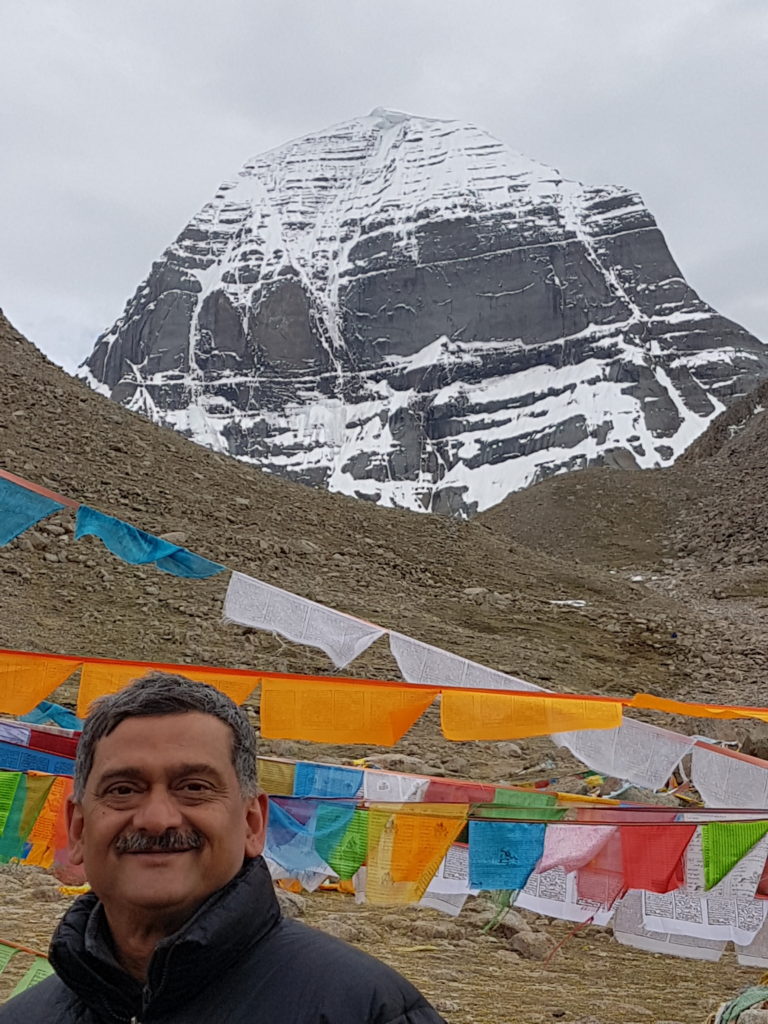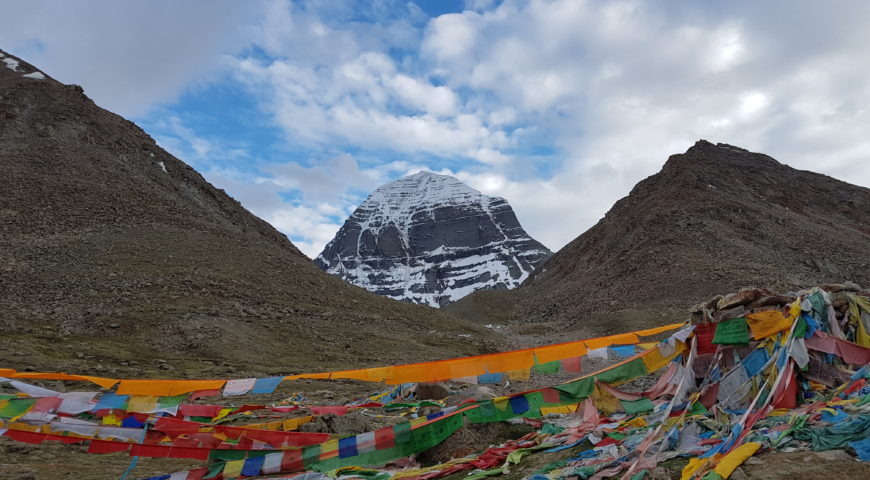
When Shiva’s abode calls – Into the world of a thirteen-time pilgrim to Mt. Kailash
When Shiva’s abode calls
Into the world of a thirteen-time pilgrim to Mt. Kailash
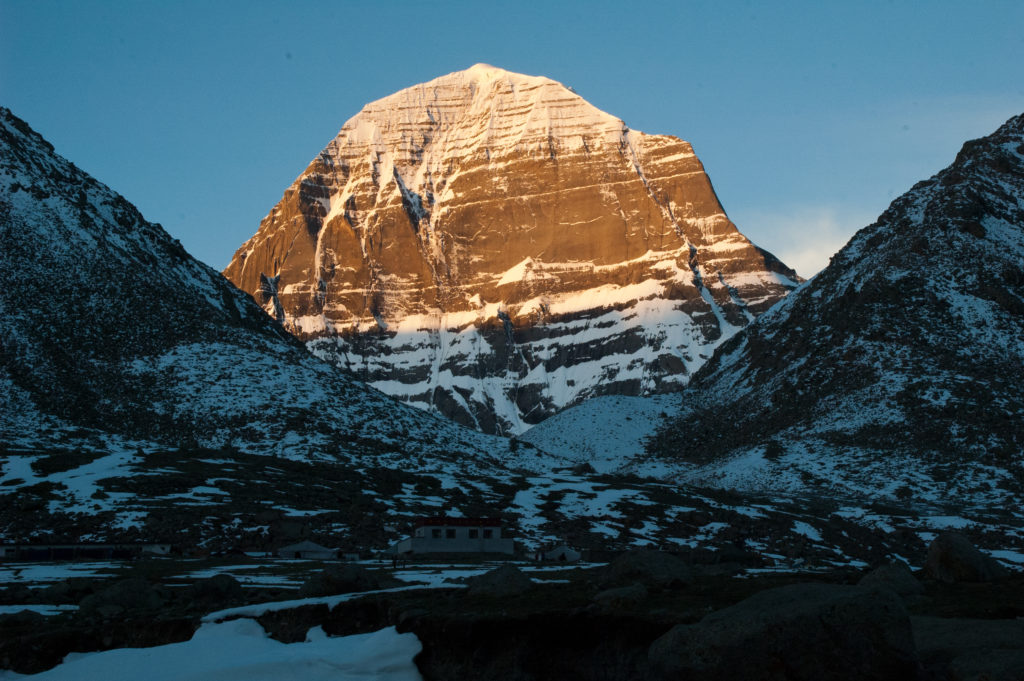
It is a landscape larger than life. Barren, monochromatic yet utterly breathtaking.
Year after year, I set foot on this hallowed land. I have grown to love the sacred Mount Kailash and Lake Manasarovar, along with the surrounding mountains and valleys – they are all very familiar to me now. Yet, each and every time I visit, seems like a new journey altogether.
Mount Kailash is the one of the most sacred mountains in the world. Located in the Kailash range, part of the Trans-Himalaya in the Tibet Autonomous Region (China), it is considered sacred in Hinduism, Buddhism, Jainism and Bonpo (a religion that is a precursor to Tibetan Buddhism) and said to be the cosmological centre of the universe. It comes as no surprise then, that it is one of the most popular pilgrimage sites in the world, transcending borders of gender, caste, creed and religion.
This mountain is off-limits for climbing – it is said in Hindu mythology to be the abode of Lord Shiva, the Destroyer of the Holy Trinity, and his consort Parvati, where he sits in a perpetual state of meditation. Lake Manasarovar is a high-altitude freshwater lake which is also similarly revered in many religions.
What then, is this inexplicable pull that keeps pilgrims returning? Is it the sheer spiritual appeal, or are there some divine forces at work?
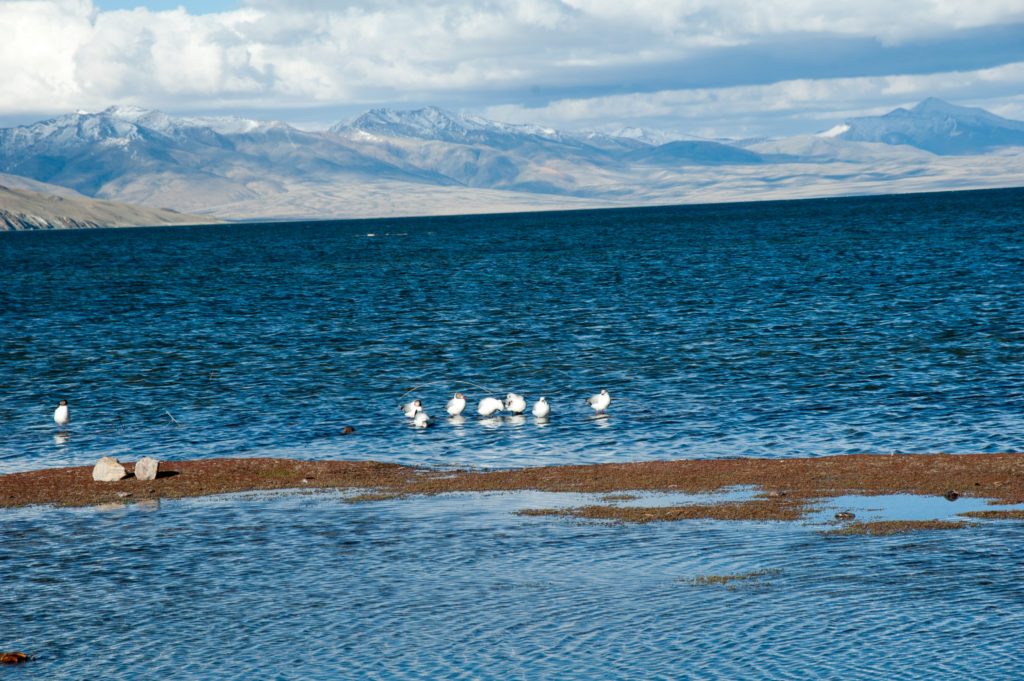
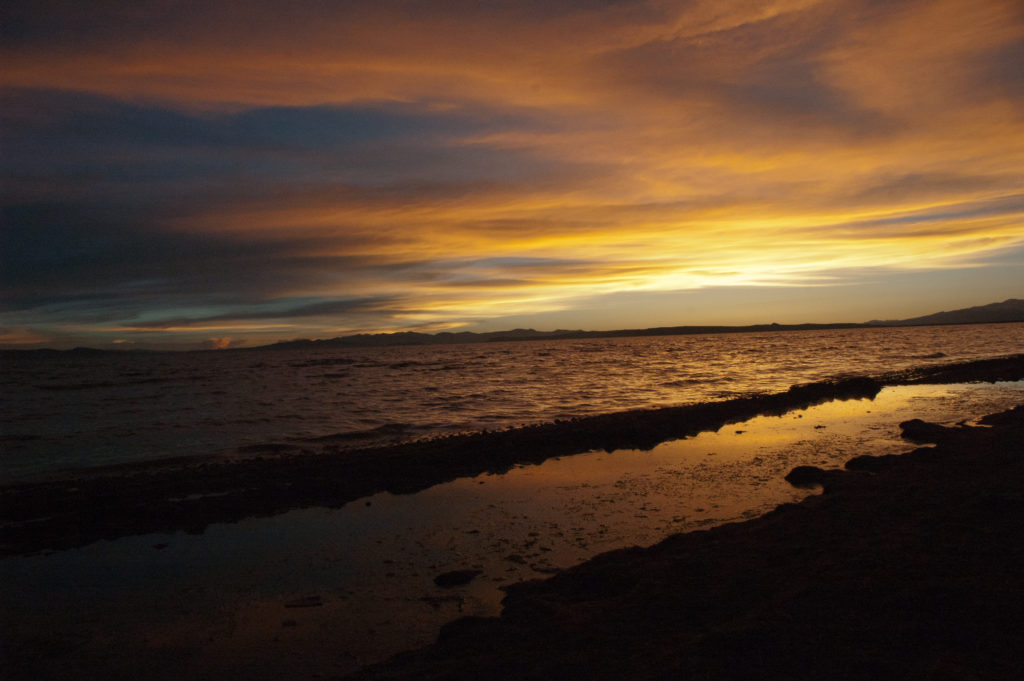
Getting there
A one and a half hour flight from Kathmandu will get you to Tibet region’s Gonggar Airport in the capital city of Lhasa, located 62km southwest of the city. From here, it is a 3-day road journey to reach Mt. Kailash. The route takes you through the Tibetan countryside – through mountainous landscapes, after all, this is a high-altitude plateau, with very little greenery around. The real test begins here – a 52-km circumambulation or parikrama of the mountain on foot, which is said to earn spiritual merit and good fortune. This is a long and tough route, and takes you through a very remote and inhospitable region of the Tibetan Himalaya where altitude and weather is a challenge.
Mount Kailash is spiritually very significant and making this entire pilgrimage is an inward journey. But the challenges of the parikrama, crossing the high altitude Dolma La Pass, uncertainty of the weather and the long walking distances make for an adventurous outward journey. Therefore we can say that it is a perfect destination where adventure and spirituality meet.

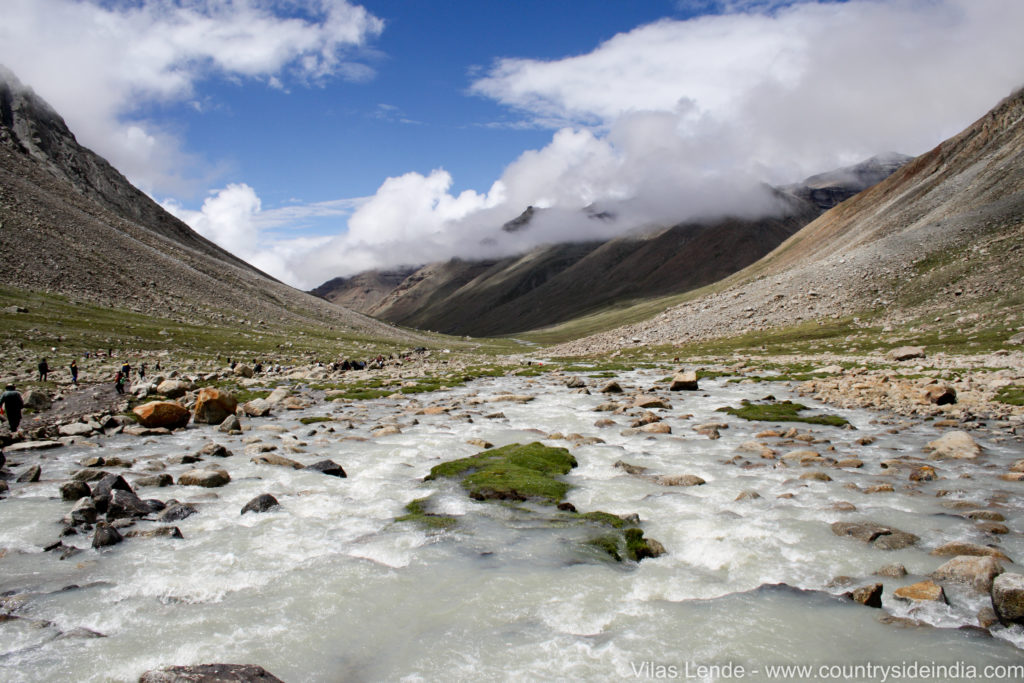
Thirteen times over?
As an adventure travel professional, I initially viewed this trip as a professional job. Now after 13 trips to Mount Kailash, there has been a significant shift in my perception over a period of time. I no longer consider it a task, but a service I render to people.
The Inner Kailash region is an isolated area and the site for a smaller parikrama called the Nandi Kora. However, it is popular belief that only those who have done the Kailash Yatra 13 times are eligible to undertake the Nandi Kora. Hopefully the next time I go, I will get the chance to do it.
Divine experiences
Mount Kailash and the sacred Lake Manasarovar are revered in many religions. On this journey, we see pilgrims coming in from different parts of the world, from different walks of life, communities, lifestyles, religions, castes and schools of thought. This diversity of challenges and the interaction between the pilgrims is definitely an enriching and humbling experience.
It is not only Indians, but also people of different nationalities who have mysterious and inexplicable experiences on this trip. They are routinely moved to the point of tears on having the first glimpse of the mountain, or they have divine visions. One may never understand the reason behind this phenomenon. Perhaps it is due to the sheer spiritual pull of the place, or due to the person’s own perception.
5-6 years ago, the road conditions in Tibet were quite bad. There were mostly unpaved roads and at places no roads. Transport was in Land Cruisers and the total distance that needed to be covered to and from the Nepal border into Tibet was nearly 2000 km. Now, there has been a lot of change in the facilities along the route. Things have become more organized. There are tarred roads until Darchen, the base town of Mount Kailash. Hotels and guest houses are also there en route, making the whole pilgrimage experience more comfortable. Journeys can now be undertaken by bus, deeming the Land Cruiser not essential. Mobile connectivity has also made things easier. However, ever-changing visa and permit rules, and the vagaries of high altitude and weather still remain a challenge.
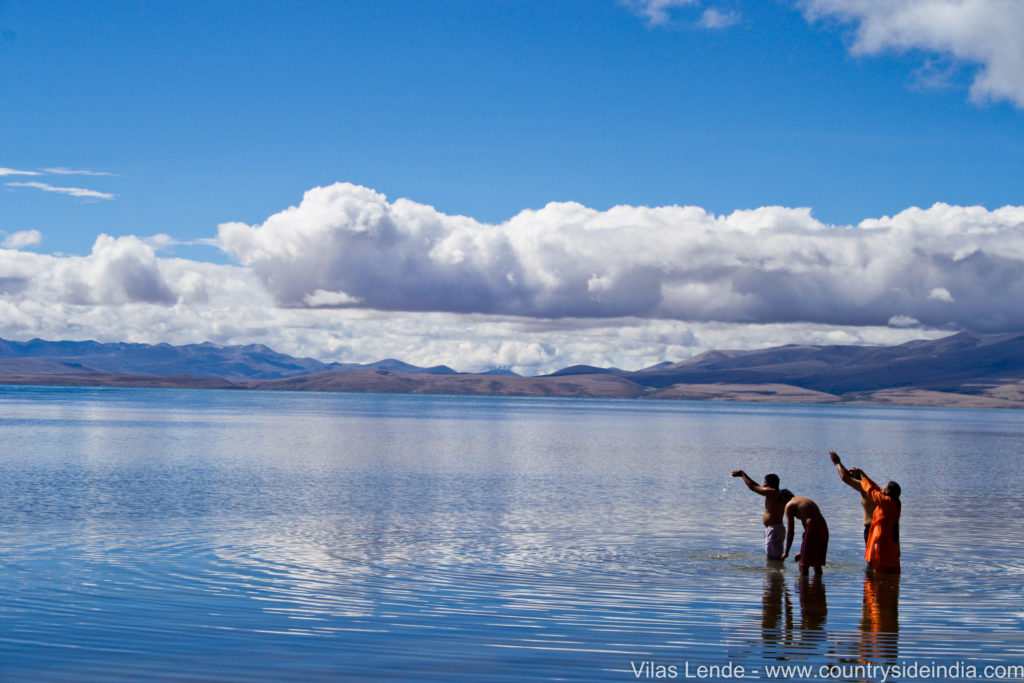
Safety tips
Since this is a high-altitude region, appropriate precautions must be taken before you go – so that you can make the most of this once-in-a-lifetime experience.
- A medical checkup especially for senior citizens before signing up for high-altitude trips need to be done. All precautionary measures must be taken in advance to ensure a safe trip. Having proper insurance issued is important.
- Take requisite precautions against altitude sickness. In case of severe symptoms, descend to lower altitudes at the earliest. Altitude sickness will give you enough time to recover or retreat, but if neglected it can be fatal. Do not compromise on high altitude acclimatization, as the body needs to get used to functioning in places where the air is thin and more energy is required.
- Most of the Kailash Yatra is done in a vehicle. There is not much physical exertion. However, travelling at an altitude requires above average fitness levels. The parikrama for 3 days across the Dolma La Pass (5636m) involves high altitude trekking – hence prior physical fitness is necessary. Regular exercise before the trip can ensure that your fitness levels are up to the mark.
- Make sure that you have planned your trip through an experienced operator with experienced staff. They must carry a complete medical kit with oxygen cylinders and be experienced enough to deal with any crises.
- Avoid doing this trip by chopper at least during the monsoon, as there is a risk of turbulence and people are getting stranded – as has been observed in the current season.
- Proper clothing and gear for protection against the extreme weather is also very important. Having durable high quality trekking shoes and adequate warm clothes among many other things, is a must.
- Exercise caution and have patience with respect to the ever-changing visa and permit policies.
Many people wait a whole lifetime for the chance to visit Kailash. Surely the gods have blessed me – I must have surely earned some good karma that I have already visited this place thirteen times. The Kailash Yatra is on the bucket list of many a pilgrim – and knowing that I can somehow contribute to achieving someone’s spiritual goal makes me happy.
(The author is an accomplished trekker and the MD & CEO of Countryside Adventure Holidays, a Mumbai-based adventure travel company)
